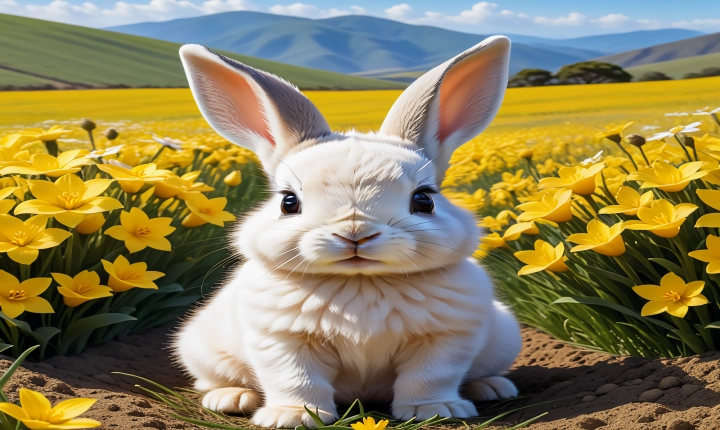“Understanding AI-Generated Pictures: Exploring the Boundaries of Artificial Creativity”
Artificial intelligence (AI) has rapidly advanced in recent years, and one of the most intriguing applications of this technology is the generation of lifelike pictures. These AI-generated images, also known as “deepfakes” or “GANs” (Generative Adversarial Networks), have sparked both fascination and concern among researchers, artists, and the public. The question that arises is: What are these AI pictures, and how are they created?
AI-generated pictures are computer-generated images produced by algorithms that have been trained on vast datasets of real images. These algorithms use complex mathematical models and deep learning techniques to create new images that, at first glance, look indistinguishable from real photographs. Whether it’s a portrait of a person, a landscape, or a still-life composition, AI-generated pictures can exhibit impressive detail, color, and texture, often evoking a sense of realism that blurs the line between the artificial and the genuine.
The underlying technology behind these AI pictures involves the use of GANs, a type of AI architecture that pits two neural networks against each other in a competitive manner. One network, known as the “generator,” creates images, while the other, the “discriminator,” evaluates these images for authenticity. Through this back-and-forth process of creation and evaluation, the generator network learns to produce increasingly convincing images, while the discriminator network becomes more adept at distinguishing between real and generated images. This adversarial training ultimately results in the generation of pictures that are remarkably realistic.
The implications of AI-generated pictures are far-reaching, with both potential benefits and risks. On the positive side, AI-generated images can be used in a myriad of creative endeavors, such as producing concept art, generating visual design elements, and enhancing virtual reality experiences. These pictures can also serve as an endless wellspring of inspiration for artists, providing them with a rich source of visual material to draw upon for their own creations.
However, the proliferation of AI-generated pictures also raises concerns about misinformation, privacy, and ethical considerations. With the ability to create highly convincing fake images, there is a growing risk of their misuse for deceptive purposes, such as creating forged photographs or spreading false narratives through manipulated visuals. Additionally, questions arise about the ownership and copyright of AI-generated pictures, as well as the potential impact on traditional art forms and industries.
As we continue to explore the boundaries of artificial creativity, it is crucial to approach the proliferation of AI-generated pictures with a critical eye and a thoughtful perspective. The technology holds immense promise for innovation and expression, but it also demands responsible stewardship to ensure that its benefits are maximized while its potential harms are mitigated.
In conclusion, AI-generated pictures represent a fascinating intersection of technology, art, and societal impact. Their lifelike qualities and versatility open up new frontiers for creativity, yet their implications warrant careful consideration. As we navigate this evolving landscape, it is essential to engage in open dialogue, ethical deliberation, and ongoing research to harness the full potential of AI-generated pictures while safeguarding against their potential misuse.
